Primates of Today
Primates of today are found in tropical and semitropical areas around the world. Most primates are arboreal and live in forest or woodland habitats, although a few, such as baboons and gorillas, do live on the ground at least part of the time. There are more than 250 species, and possibly more than 300 species, of primates living today. Primates are generally divided into two major groups: a) the strepsirhines, which includes lemurs and lorises; and, b) the haplorhines which includes tarsiers, monkeys, apes, and humans.
Strepsirhines are the more primitive-looking of the two groups. This means that they retain more pre-primate ancestral traits. They have a greater reliance on smell, more laterally placed eyes, as well as shorter gestation and maturation periods. They also have a “grooming” claw and a tooth comb. A tooth comb means that the lower incisors and canines are tilted forward and can be used as a scraper. Lemurs are found primarily in Madagascar, while lorises are found in India, Southeast Asia, and Africa.
Haplorhines have a larger body size, a larger brain, a decreased sense of smell, and a greater reliance on vision than Strepsirhines. They also have longer gestation and maturation periods, increased parental care, and more mutual grooming, among other traits, compared to the Strepsirhines. Haplorhines have been divided into two major groups including Tarsiers and Anthropoids.
Not all researchers use this naming system, but instead classify the two groups as a) prosimians which includes lemurs, lorises, and tarsiers; and, b) anthropoids which includes monkeys, apes, and humans.

Mathias Appel, CC0, via Wikimedia Commons
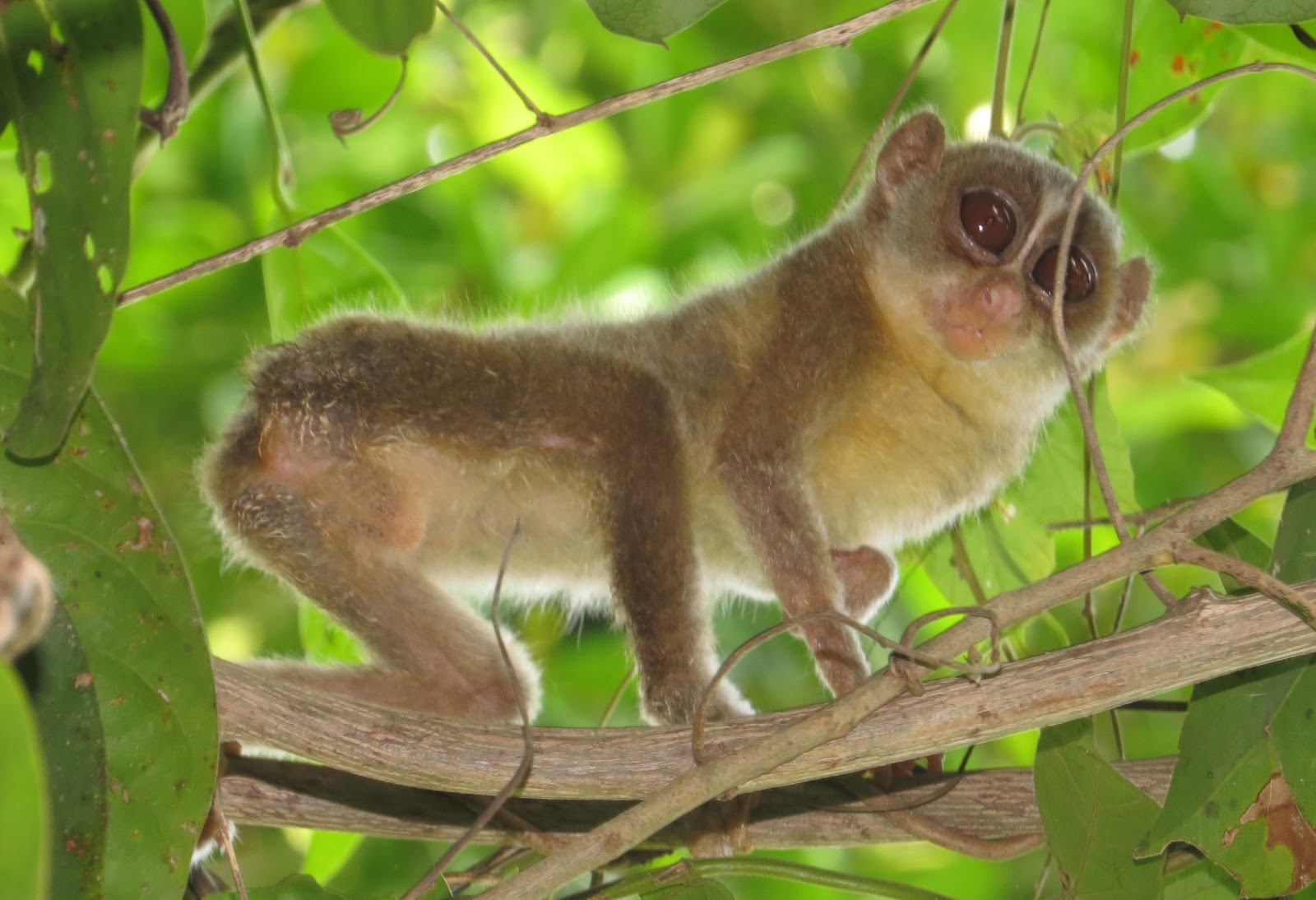
Vinayaraj, CC BY-SA 4.0, via Wikimedia Commons
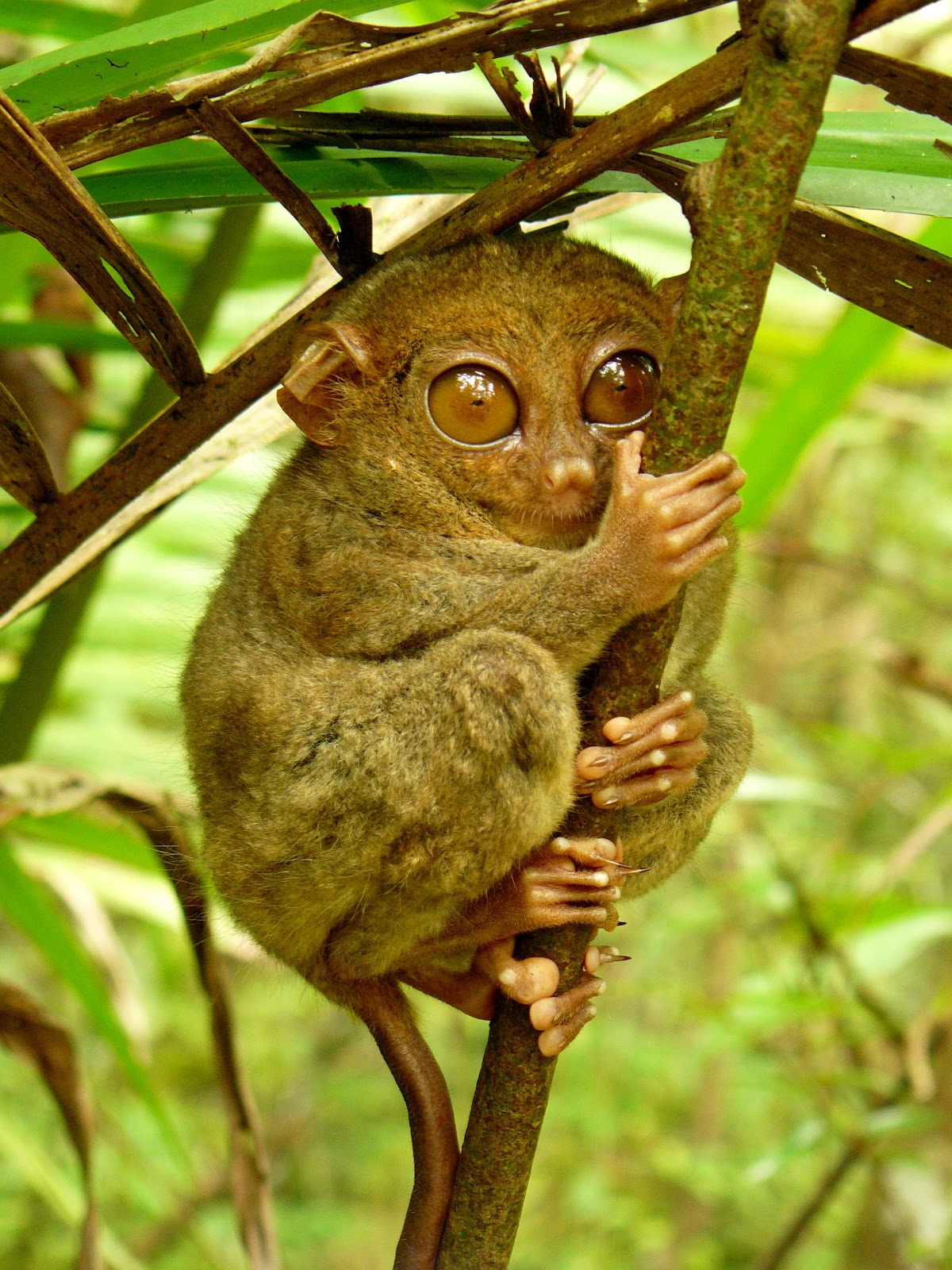
Kok Leng Yeo, CC BY 2.0, via Wikimedia Commons
Anthropoids include monkeys and apes. Monkeys account for more than 80% of all primate species. They are divided into two major groups: platyrrhines, which are found in Central and South America, and catarrhines which are found in Africa and Asia. The names are related to the differences in the shape of the nose. Platyrrhine means a flat nose, while catarrhine means a downward facing nose.
Apes include: gorillas, chimpanzees, and bonobos which are all found in Africa; orangutans, gibbons, and siamangs which are found in Asia; and, humans who are located around the world. Apes are classified as Hominoids. Apes differ from monkeys in that apes lack a tail and most have a larger body size. Apes also exhibit more complex behavior, have more complex brain and cognitive abilities, and have an increased period of infant development and dependency, compared to monkeys. The gibbons and siamangs are the smallest apes and are often called Lesser Apes.
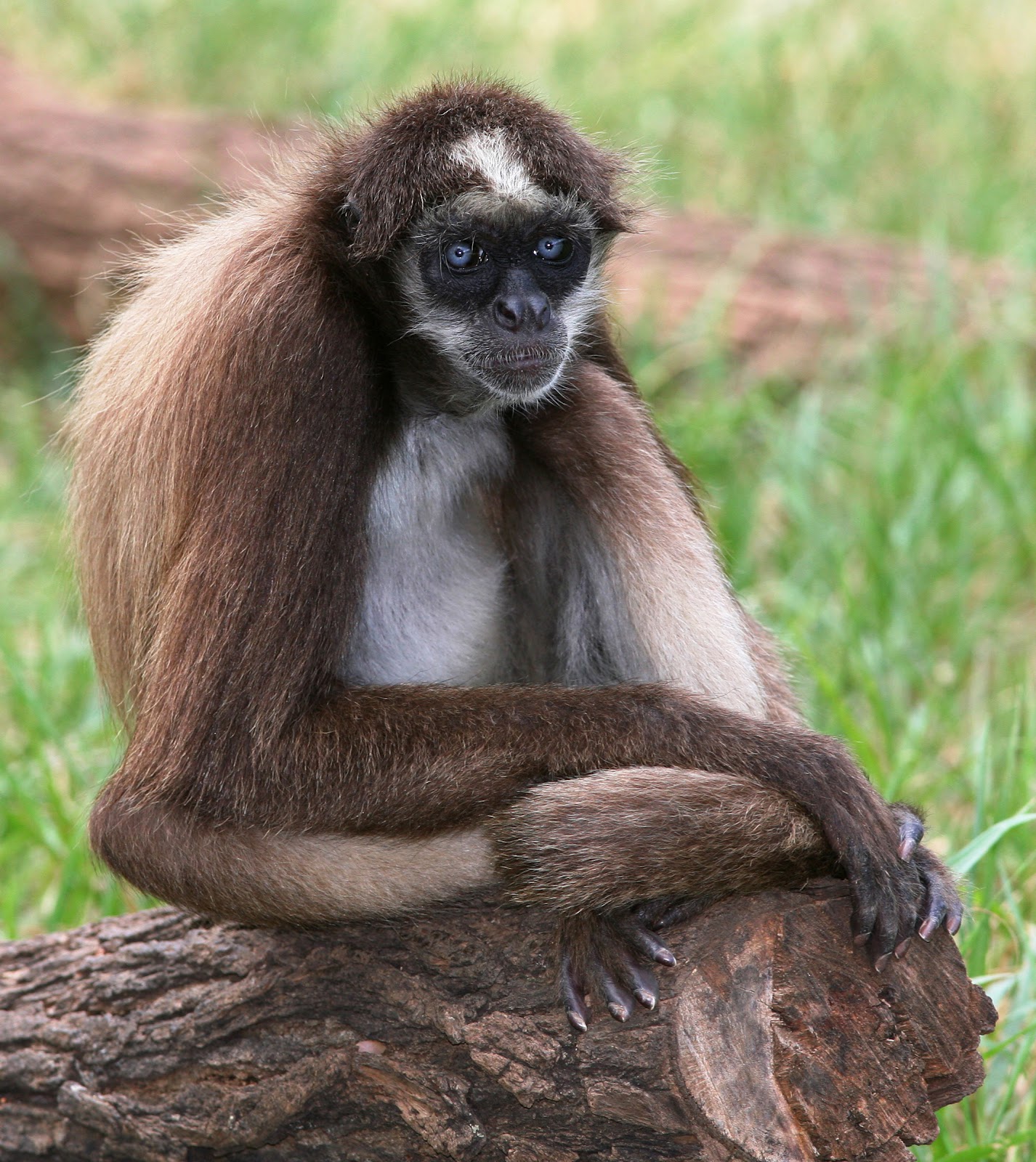
BirdPhotos dot com edit by Fir0002, CC BY-SA 3.0, via Wikimedia Commons
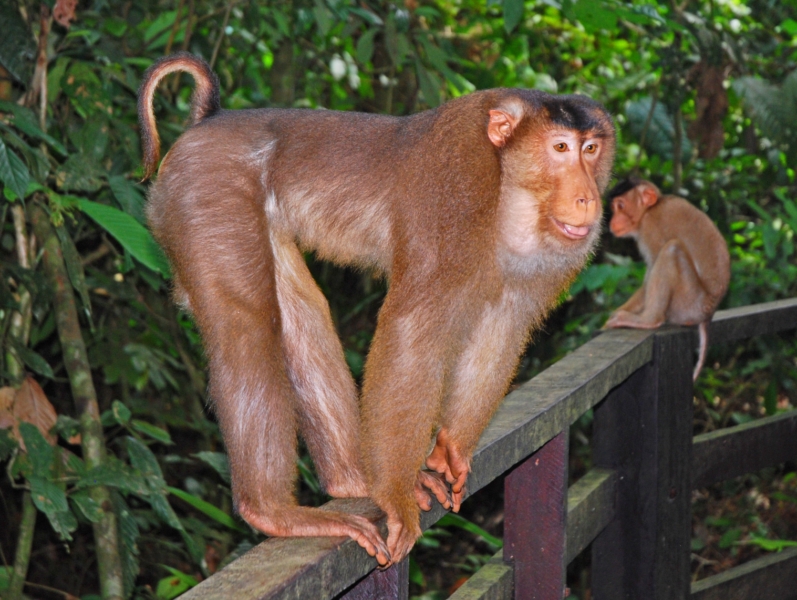
Hectonichus, CC BY-SA 3.0, via Wikimedia Commons
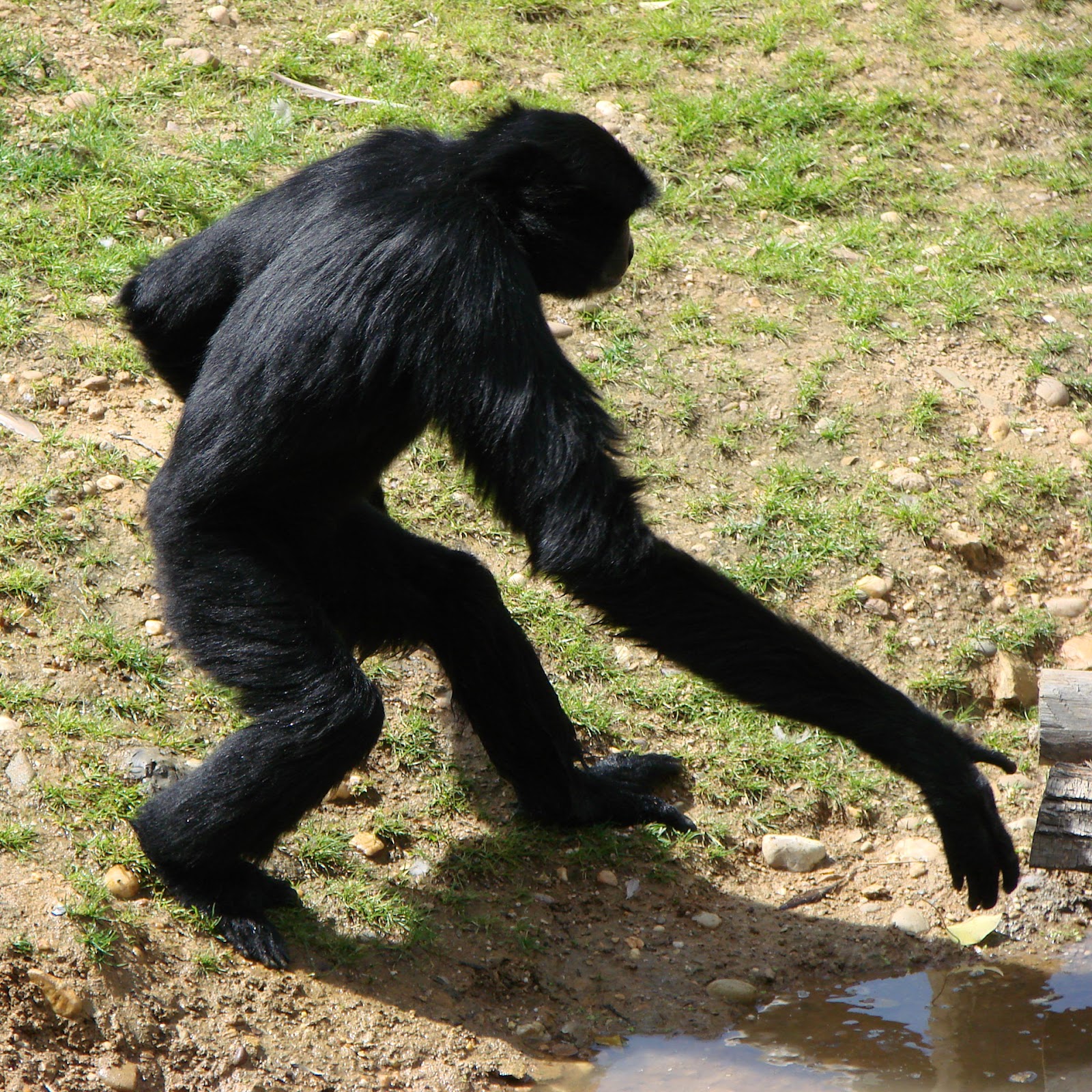
Vassil, Public domain, via Wikimedia Commons
They are excellent brachiators (i.e. they swing by their arms from tree to tree) and are classified as Hylobatidae. Orangutans, gorillas, chimpanzees, and bonobos are often called Great Apes. The Great Apes and humans are often classified as Hominidae. Hominidae are further broken down into two groups Hominid (the Great Apes, formerly called Pongidae) and Hominins (modern humans and extinct ancestors). Research indicates that the Great Apes from Africa and humans share a common ancestor. Humans did not evolve from gorillas or chimpanzees.
The primary difference between the two classification systems is the placement of the tarsiers. Tarsiers are small nocturnal insectivores found in island areas of Southeast Asia.

